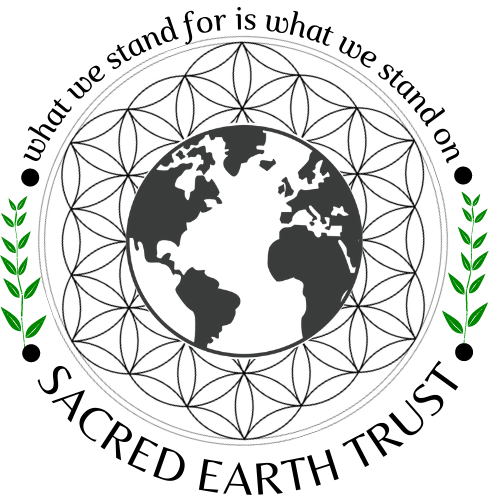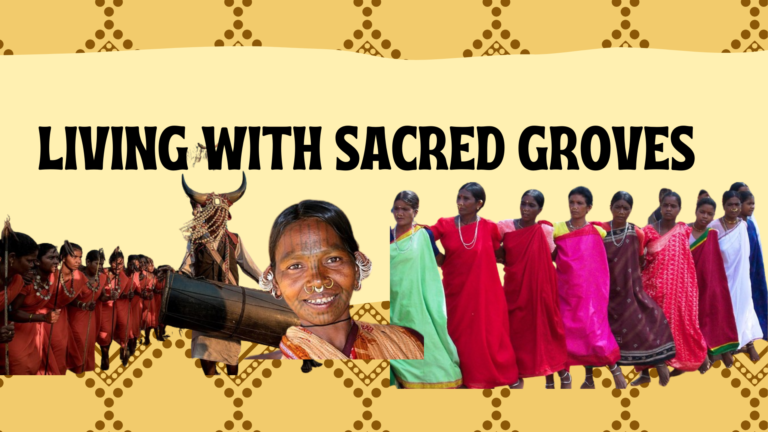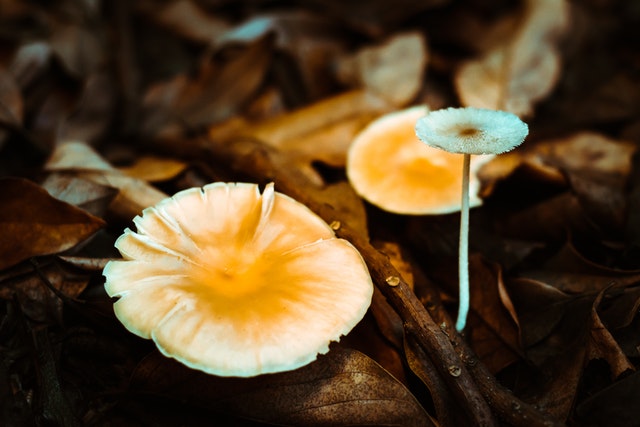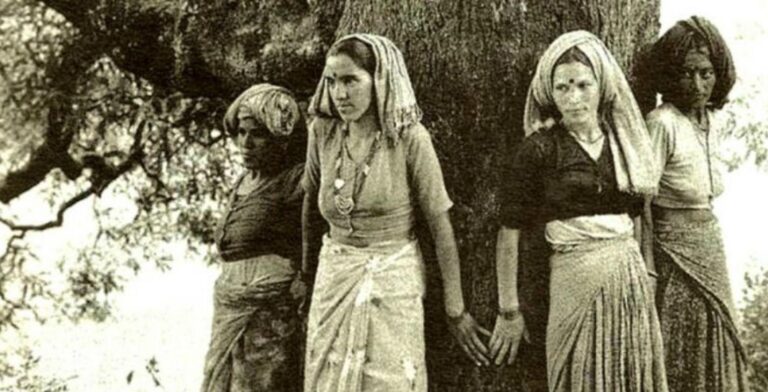The human civilization has never stayed the same throughout history. Since the beginning of time, societies have grown, shrunk, fought, worked together, merged, conquered, fallen apart, struggled, changed, and made new things. People of many cultural origins undertook long and fruitless expeditions to assert their authority over neighboring or distant cultures. Historic indigenous civilizations are not eternally fixed like any other human community. Some people moved away from other cultures and into isolated areas to keep their way of life. Others had been driven off their ancestral territory and into less attractive areas with minimal resource competition.
The Aboriginal people of Australia are the oldest people still living on Earth. Scientists think their ancestors came to Australia between 45,000 and 60,000 years ago. They were nomadic hunters and gatherers who took what they could from the dry, barren land. It is a group of people who have survived for thousands of years in one of the harshest environments on Earth. When Western settlers discovered the continent in the 18th century, the Aboriginal way of life was questioned and threatened.

An Indigenous Man CC:Pixabay
Their spiritual connection to the land is a big part of their cultural identity. They believe that the land is their mother, where life comes from, and that it gives them everything they want or need, such as food, shelter, and spiritual nourishment. Indigenous people and their spiritual connection to the land are inseparable. The Aboriginals believe that their spirit ancestors created indigenous knowledge during “Dreamtime” to protect the land and its people. According to local folklore, many songs, dances, and ceremonies took place all over the landscapes to balance mother nature, the land, and the people who live on it. Since the beginning, this spiritual connection between the land and the native people has been a part of their culture. It has been passed down from generation to generation. But in today’s Australia, the indigenous Aborigines are relegated to the lowest economic stratum conceivable. As a result, they suffer from the worst disease and mortality rates of any other group. During the hundreds of years that Europeans and Americans lived in North America, they moved the native people and took their land.

Cave Paintings CC: Pixabay
Studies show that as the Aboriginal people are forcibly removed from their ancestral lands, these lands are now more vulnerable to the risks and hazards of climate change. What’s even worrisome is the fact that these communities often aren’t seen as “stakeholders”, so they don’t have much or any say in policy decisions that could help protect them from climate change.
Indigenous people and settlers have a profoundly different understanding of their relationship with the land. Different ideas about life and the world are at the heart of the problem. While outsiders think of land as free space to build on, aboriginal people don’t understand why anyone would destroy the Earth, which they see as an extension of their bodies.
It is unfortunate that because the outside world is unable to understand Aboriginal culture’s point of view, we may soon lose the oldest continuously living group on Earth. They have ancient wisdom in their bones, wisdom that we in the modern world have long forgotten.

An Aboriginal Man CC: Calumn Hockley For DW




